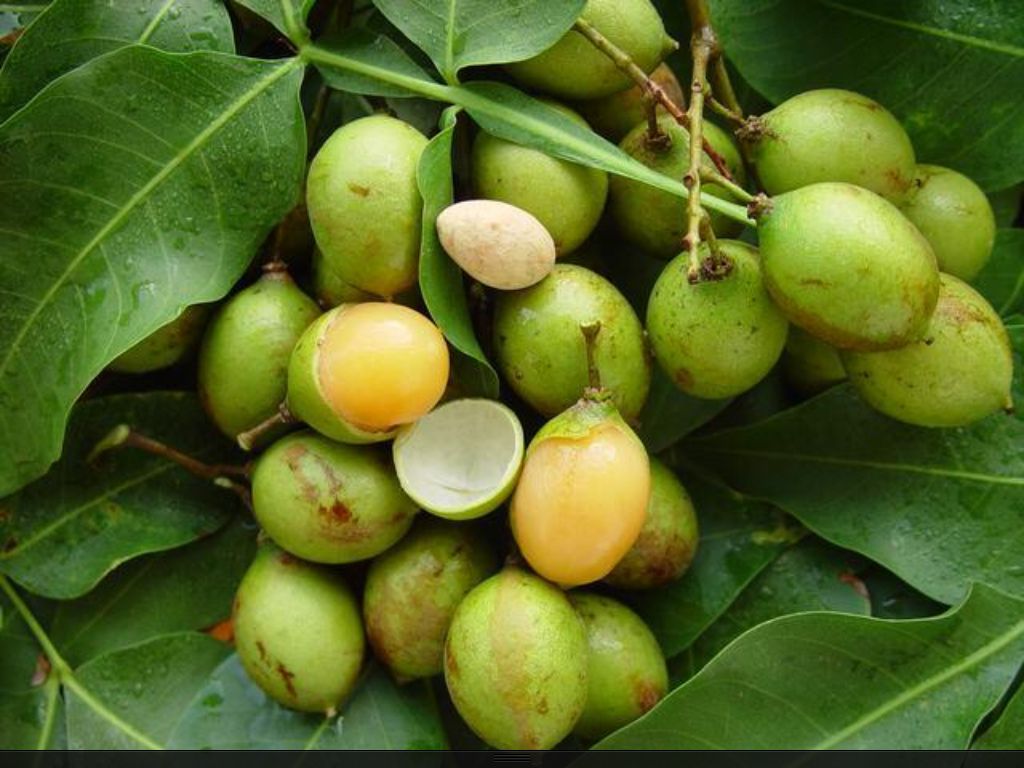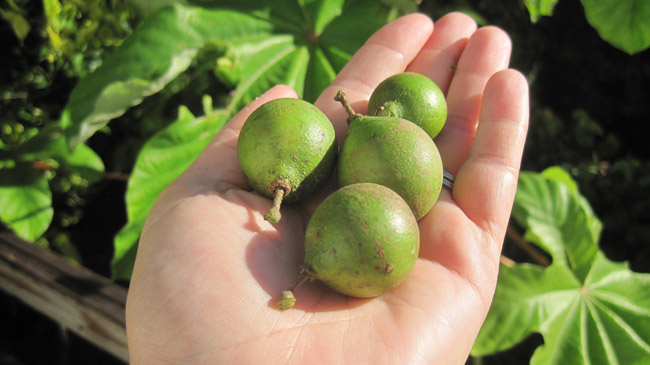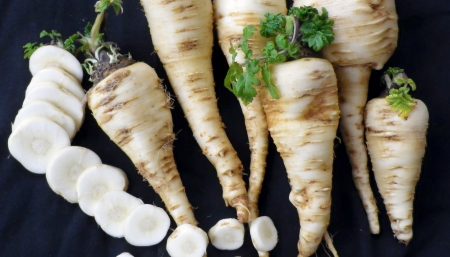
Spanish lime or Limoncillo
Melicoccus bijugatus, commonly called Spanish lime, genip, guinep, genipe, ginepa, quenepa, canepa, mamon, limoncillo or mamoncillo, is a fruit-bearing tree in the soapberry family Sapindaceae, native or naturalised over a wide area of the tropics including South and Central America, Mexico, Puerto Rico, the Dominican Republic, Haiti and other parts of the Caribbean, and parts of Africa and the Pacific.
Melicoccus bijugatus is native to northern South America and naturalised in coastal and dry forest in Central America, the Caribbean and parts of the Old World tropics. It is believed to have been introduced into the Caribbean in pre-Columbian times. This fruit, known as quenepa in Puerto Rico, grows particularly abundant in the municipality of Ponce, and there is a yearly celebration in that municipality known as Festival Nacional de la Quenepa (National Genip Fruit Festival).
Health Benefits of Spanish lime or Limoncillo or Quenepa
This small round fruit is about the size of an olive with a hard skin. Inside you’ll find a very sweet luscious fruit with a jelly like consistency, most people eat them fresh… but they can also be made into sauces, desserts, and juice.
1. Quenepa Fruit is full of fiber for lowering cholesterol and preventing constipation, also Vitamin A that boosts your immune system and prevents formation of urinary stones; Vitamin C which is very important as a great antioxidant; calcium which keeps your teeth and bones strong and helps prevent cancer; phosphorus which is important for digestion and regulating hormones.
2. Quenepa also contains a large amount of tryptophan which is important for good sleep… and lysine which is important for proper growth and for preventing herpes.
3. Quenepa Fruit lowers blood pressure and helps with asthma, and because Quenepa is full of antioxidants (Phenolic Compounds) they also work to prevent cardiovascular disease, boost your immune system and prevent strokes.

4. Studies are being done on Quenepa as a anti-diabetic food because particular proteins in Quenepa lower blood sugar levels.
5. Quenepa Fruit is low in fat, calories, and cholesterol free! Some people say if you want to lose weight just keep eating Quenepa all day long… it will keep you busy.
6. The leaves of the Quenepa tree can be boiled and made into a tea which is great for intestinal problems.
7. The large seed of the Quenepa Fruit is also edible and can be cooked… and once cooked they taste great. Roasted, crushed, and mixed with honey Quenepa seeds soothing away diarrhea, and in South America roast Quenepa Seeds are used as a substitute for cassava flour for baking. In Colombia Quenepa juice is a staple and can be bought in stores, it’s sweet and wonderful tasting.
Disclaimer
The Content is not intended to be a substitute for professional medical advice, diagnosis, or treatment. Always seek the advice of your physician or other qualified health provider with any questions you may have regarding a medical condition.
